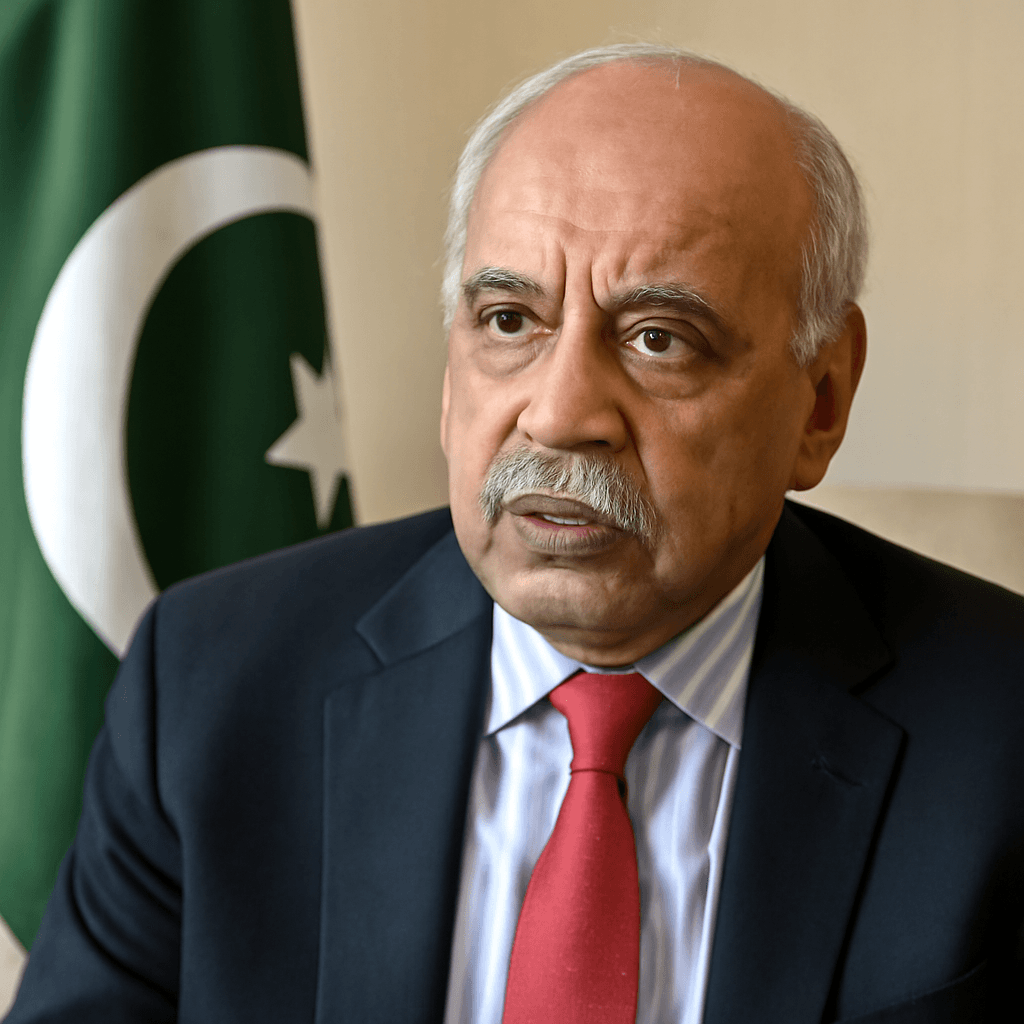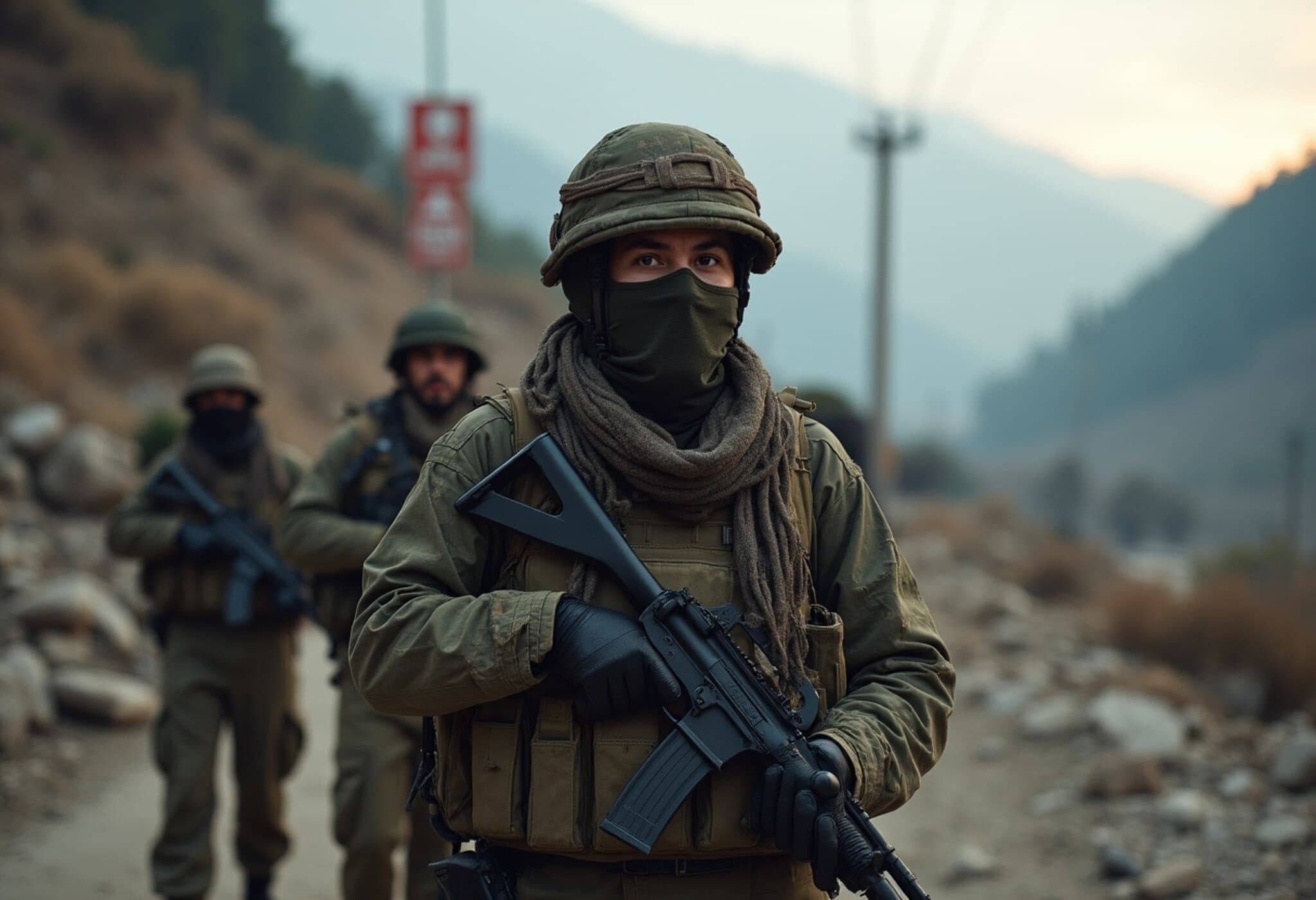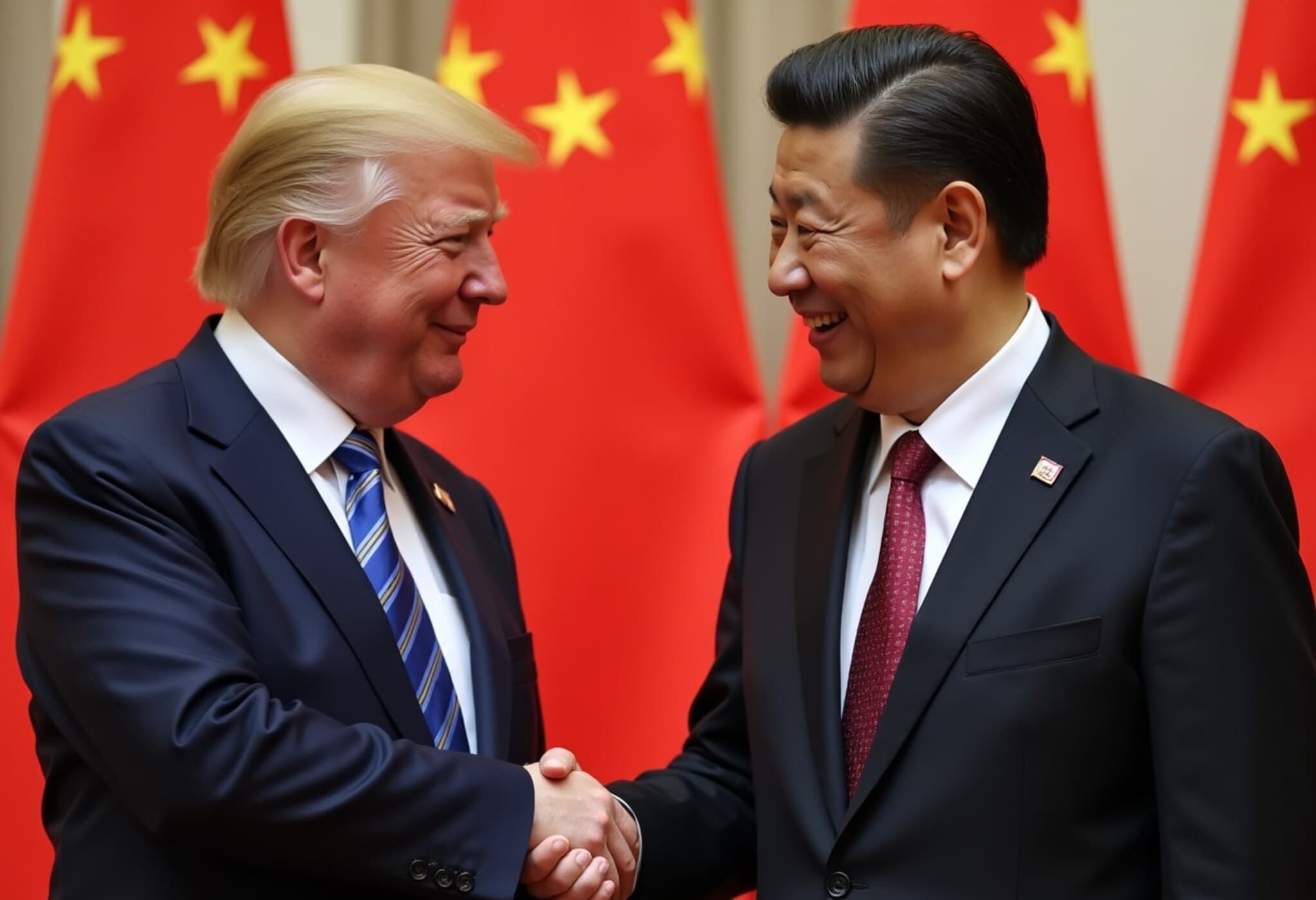Pakistan-Based Terror Groups Lashkar-e-Taiba and Jaish-e-Mohammed Threaten Regional Security
In a recent high-level seminar held in Kathmandu, Nepalese officials have sounded a grave warning on the growing menace posed by Pakistan-backed terror outfits, Lashkar-e-Taiba (LeT) and Jaish-e-Mohammed (JeM). These groups not only threaten India’s security but also risk dragging Nepal into a dangerous role as a transit point for extremist activities.
Rising Terrorism Concerns in South Asia Spotlighted at NIICE Seminar
On July 9, the Nepal Institute for International Cooperation and Engagement (NIICE) convened a prominent seminar focused on counterterrorism efforts in South Asia. Sunil Bahadur Thapa, Advisor to the President of Nepal, emphasized the critical threat posed by Pakistan-backed terror cells to the region’s fragile peace.
"Groups like Lashkar and JeM are persistent in exploiting Nepal’s porous borders," Thapa noted, urging immediate regional cooperation to stem the tide of terrorism.
Spillover Effects on Nepal Demand Urgent Attention
Experts at the event underscored how terrorist attacks in India often ripple into Nepal, undermining security and development in both countries. The porous 1,751 km India-Nepal border, largely open and difficult to monitor, makes infiltration alarmingly easy. Terrorists frequently use forged Nepalese identification to cross unnoticed.
- Illegal crossings facilitate militant movement.
- Nepal risks becoming an unintended launchpad for terror attacks on India.
- Heightened vigilance and joint border management are necessary.
Policy Experts Advocate Regional Coordination and Enhanced Counter-Terrorism Measures
Recommendations at the conference included stronger cross-border intelligence sharing, joint patrols, and financial crackdowns on terror funding through money laundering. Nepalese officials called for removing double standards in addressing terrorism to build trust and effective partnerships.
One hopeful highlight was the recognition of India’s Operation Sindoor—a successful initiative disrupting terrorist networks crossing from Nepal into India—as a model for bilateral cooperation.
Historic Incidents Highlighting Vulnerability
The threat is not merely theoretical. Nepal’s vulnerability was starkly revealed during the 1999 hijacking of Indian Airlines Flight IC-814, which departed from Kathmandu’s Tribhuvan International Airport. The incident exposed serious security deficits, as terrorists boarded with weapons, setting off a high-profile international crisis.
Furthermore, numerous arrests of Lashkar and JeM operatives attempting to infiltrate India via Nepal have been recorded over the years, indicating ongoing exploitation of Nepalese territory by external actors keen to destabilize the region.
Expert Commentary: Navigating Complex Regional Dynamics
From a strategic standpoint, Nepal finds itself at a crossroads: balancing historic ties with India while maintaining sovereignty and security amid increased geopolitical pressure. The porous border, while a symbol of friendship, has become a double-edged sword exposing Nepal to transnational threats.
Experts suggest that, beyond tactical border security improvements, Nepal must fortify its legal frameworks against terror financing and work closely with both India and international partners. Combating the narrative and influence of terrorist groups—often fueled by regional rivalries—requires diplomatic tact and unwavering political will.
What Lies Ahead for Regional Stability?
The challenge extends beyond mere border control. It calls for a holistic approach involving economic development, community resilience, counter-radicalization efforts, and strong governance. The seminar in Kathmandu highlighted these interconnected solutions as essential for long-term peace.
Key Action Points Recommended:
- Enhanced intelligence sharing between Nepal and India.
- Joint border patrolling to deter illegal crossings.
- Crackdown on money laundering linked to terror financing.
- Addressing double standards in counter-terrorism policy application.
- Leveraging successful operations like India's Operation Sindoor as templates.
Editor’s Note
As South Asia grapples with entrenched terrorism threats, Nepal faces a delicate balancing act: preserving open borders cherished by its people, while protecting national and regional security. The warnings from Nepalese leaders serve as a crucial call to action—not only for Nepal but for the wider region—to strengthen multilateral cooperation and preempt the exploitation of peaceful neighbors by violent extremists. The road ahead requires trust, transparency, and a united front against terror that transcends politics and rivalries.
With the stakes so high, can South Asia finally move towards a durable peace that shields all nations from the shadow of terrorism?



















